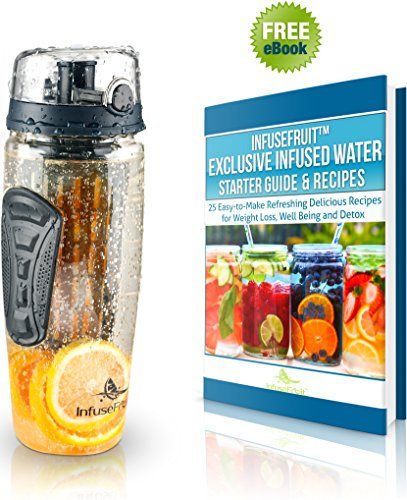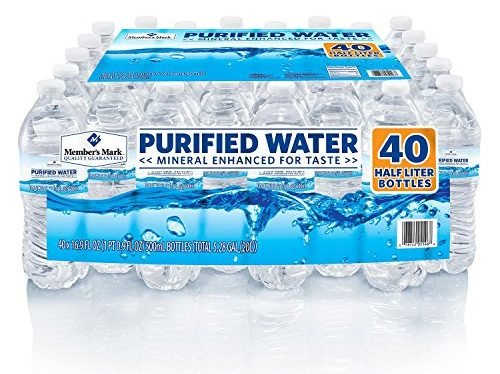- Home
- Health
- Water Softener Guide
- Water Treatment
Private Sewers & Septic Systems
- About Private Sewers Sysytem And Septic Systems
- Lateral Root Notification Program
- Fats, Oil & Grease
- Spills & Black Water Valves
- Help Protect The Enviroment
- Septic Systems
- About
The Rising Trend of Purified Water
One can’t help but notice the upward trajectory in the demand and consumption of purified water. But why?
Reasons for the Surge in Demand:
Purity Over Other Waters
Its essence lies in its name – purified. Compared to other types of bottled water, it stands out due to its enhanced purity.
Pros
Guarantees clean water consumption.
Cons
Might be more expensive than other bottled waters.
Quality Over Tap Water:
When you glance through some unsettling reports on tap water, it’s no wonder people are turning to bottled alternatives.
Pros
Reduces the risk associated with contaminants in tap water.
Cons
Not always environmentally friendly due to plastic usage.

Understanding Purified Water
It’s crucial to differentiate between regular water and its purified counterpart.
Origin and Processing
Purified water can come from any source. Its defining factor is the rigorous filtration it undergoes to remove contaminants and chemicals. Techniques include reverse osmosis, distillation, and carbon filtration. Legally, for water to be labeled ‘purified,’ it must either be devoid of impurities or have them at negligible levels.
Popular Purified Water Brands
- Nestlé’s Pure Life Purified-Water
- Member’s Mark Purified Bottled Water
- LIFEWTR, Premium Purified Drinking Water
Note: Always check the price and reviews before purchasing.
Addressing the Chlorine Concern in Purified Water
Can purified water contain chlorine? Yes, but it’s not always in your best interest.
Pros
- Chlorine effectively kills harmful bacteria.
Cons
Chlorine can also neutralize beneficial bacteria in our body, such as the digestive flora acidophilus.
Spring Water Demystified
Simple Definition: Spring water directly flows from a natural spring. It’s not equivalent to rainwater or river water.
Pros
- Natural source often means fewer initial contaminants.
Cons
Might undergo only light filtration, which may not remove all potential impurities.
Purified vs. Spring Water: The Face-Off
Purified Water
Can originate from any source, including tap. Its distinguishing feature is the purification process that eliminates impurities.
Spring Water
Naturally sourced. Might undergo minor filtration before bottling.

The Verdict: If purity is your ultimate aim, opt for purified drinking water.
Is Purified Water Safe for Consumption?
Absolutely! The term ‘purified’ indicates that the water has undergone some form of filtration. This doesn’t necessarily mean you need to buy a bottle with a “purified” label. Installing a home water filter can offer the same quality.
Options include water filter pitchers, reverse osmosis machines, and dedicated countertop pitchers like the Berkey.
Note: While generally safe, always ensure the source water isn’t riddled with harmful chemicals that haven’t been adequately filtered.
Scientific References
- Arik Azoulay, Philippe Garzon, Mark J Eisenberg, Comparison of the Mineral Content of Tap Water and Bottled Waters, J Gen Intern Med. 2001 March; 16(3): 168-175.
- Cohen, Stan (Revised 1981 edition), Springs of the Virginias: A Pictorial History,
- Springs of Missouri, Vineyard and Feder, Missouri Department of Natural Resources, Division of Geology and Land Survey in cooperation with U.S. Geological Survey and Missouri Department of Conservation, 1982
- Assessment of spring water quality and quantity, and health implications in Tongaren division, Nzoia River catchment, Kenya Authors G. M. Simiyu, J. Ngetich, T. A. Esipila First published: 3 February 2009.









1 thought on “Here Is What They Do Not Tell You About Purified Water”
Got a much better understanding of the unwritten rules of water purification